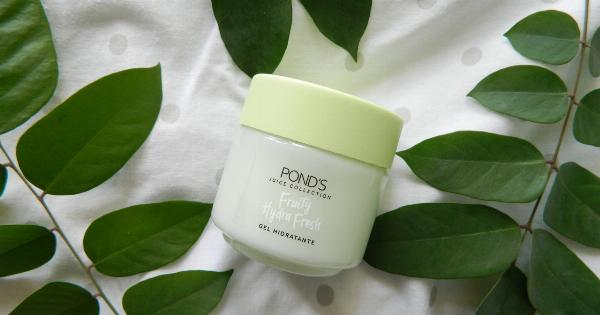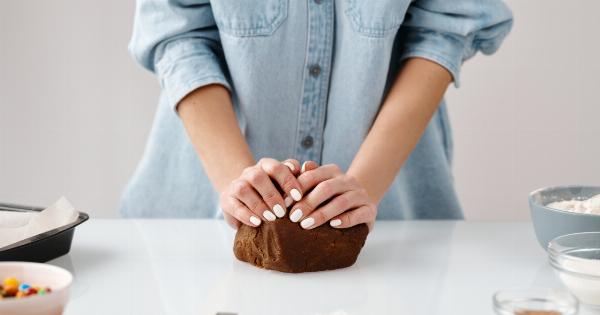Exfoliating your skin is an essential step in any skincare routine. It helps to remove dead skin cells, unclog pores, improve skin texture, and promote a healthy glow.
However, it’s important to exfoliate properly and understand the key steps involved to ensure that you achieve the desired results without causing any damage to your skin.
1. Choose the Right Exfoliator
The first step to achieving the perfect facial exfoliation is to choose the right exfoliator for your skin type. There are two main types of exfoliators – physical and chemical.
Physical exfoliators contain granules or particles that manually scrub away dead skin cells. They can be harsh on sensitive skin and should be used with caution. Look for exfoliators with fine particles that are gentle on the skin.
Chemical exfoliators, on the other hand, use acids such as AHAs (Alpha Hydroxy Acids) or BHAs (Beta Hydroxy Acids) to dissolve dead skin cells. They are usually gentler and more suitable for sensitive skin types.
2. Cleanse Your Face
Before exfoliating, it’s important to cleanse your face thoroughly to remove any dirt, oil, or makeup residue. Use a gentle cleanser that suits your skin type and rinse it off with lukewarm water.
3. Wet Your Face
Once your face is cleansed, wet it with lukewarm water. This will help to soften the skin and prepare it for exfoliation.
4. Apply Exfoliator
Take a small amount of your chosen exfoliator and apply it to your face, avoiding the delicate eye area. Gently massage the exfoliator into your skin using circular motions.
Be careful not to apply too much pressure or scrub too vigorously, as this can damage your skin.
5. Focus on Problem Areas
If you have specific problem areas, such as blackheads or whiteheads, spend a little extra time exfoliating those areas. Be gentle and patient, allowing the exfoliator to do its work without causing any irritation.
6. Rinse Off
After thoroughly massaging the exfoliator into your skin, rinse it off with lukewarm water. Make sure to remove all traces of the product to prevent any potential irritation or residue buildup.
7. Pat Dry
Gently pat your face dry with a clean towel. Avoid rubbing or scrubbing your skin, as this can cause irritation.
8. Moisturize
After exfoliating, it’s important to replenish and hydrate your skin. Apply a moisturizer that suits your skin type to lock in moisture and soothe your skin.
9. Exfoliation Frequency
How often you should exfoliate depends on your skin type and the type of exfoliator you’re using. As a general guideline, it’s recommended to exfoliate 1-3 times a week.
However, if you have sensitive skin, you may need to exfoliate less frequently.
10. Listen to Your Skin
Lastly, it’s essential to listen to your skin and adjust your exfoliation routine accordingly. Pay attention to how your skin reacts after exfoliation.
If you experience any redness, irritation, or excessive dryness, reduce the frequency or switch to a gentler exfoliator.




























